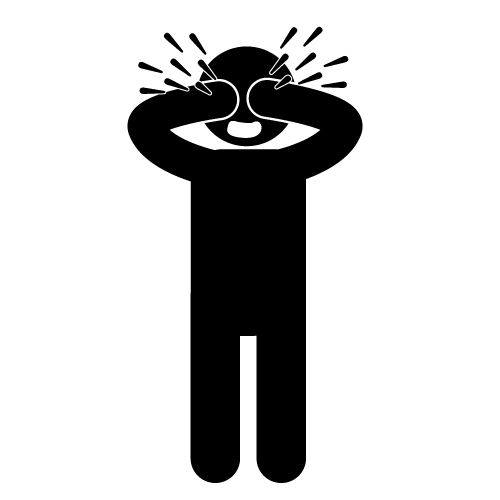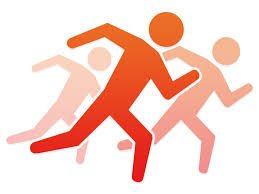15 Proven Strategies for High-Impact Product Development
In today's dynamic marketplace, the development of successful products is crucial for achieving a competitive edge. Creating innovative and profitable products necessitates meticulous planning, efficient execution, and a deep understanding of the target market. This article presents fifteen key strategies, grounded in established theoretical frameworks and supported by practical examples, to guide the product development process towards optimal outcomes. Key concepts such as market analysis (using frameworks like Porter's Five Forces), agile methodologies (Scrum, Kanban), customer segmentation (using personas), and design thinking will be employed to illustrate these strategies.
1. Comprehensive Market Analysis and Needs Identification: Before product conceptualization, a thorough understanding of the market is paramount. This involves analyzing market trends, competitive landscapes (using Porter's Five Forces to identify competitive intensity, threat of substitutes, and bargaining power), and identifying unmet customer needs. This foundational research, informed by qualitative and quantitative data gathering, forms the basis for successful product strategy. For instance, understanding the competitive landscape allows for the identification of blue ocean strategies, as exemplified by the success of Cirque du Soleil, which created a new market rather than competing directly within the existing circus industry.
2. Strategic Goal Setting and Objective Definition: Clearly defined, measurable, achievable, relevant, and time-bound (SMART) goals and objectives are essential for maintaining focus and progress measurement. These objectives should align with the overall business strategy and desired outcomes, providing a roadmap for the entire product development lifecycle. Setting such goals allows for the application of resource allocation models such as the balanced scorecard to ensure efficiency.
3. Cultivating a Collaborative and Cross-Functional Team: Encouraging cross-functional collaboration leverages the collective expertise of diverse teams. This fosters creativity, problem-solving, and innovation throughout the product lifecycle. The application of Tuckman's stages of group development (forming, storming, norming, performing, adjourning) aids in managing team dynamics and maximizing their potential for successful collaboration.
4. Developing Detailed Customer Personas: Creating detailed customer personas provides deep insights into target audiences. Understanding their needs, motivations, and pain points enables customized product design and targeted marketing strategies. These personas are developed using market research and help guide design thinking processes, focusing on empathy and understanding the end-user's perspective.
5. Employing Agile Methodologies for Iterative Development: Agile methodologies, such as Scrum and Kanban, enable iterative development and adaptation. This flexibility allows for rapid responses to market changes and customer feedback. Using sprints, iterative testing, and continuous integration allows for risk mitigation and improved product quality throughout the development process.
6. Prioritizing Prototyping and User Feedback: Early and frequent prototyping and testing enable iterative refinement, minimizing the risk of costly rework. User feedback gathered at this stage informs design decisions, enhancing product usability and market fit. The design thinking process emphasizes early and continuous prototyping to validate assumptions and gather actionable user feedback.
7. Establishing a Robust Feedback Mechanism: Implementing continuous feedback loops, involving customer surveys, user testing, and focus groups, ensures product alignment with evolving needs. This active engagement fosters customer loyalty and ongoing product improvement. This feedback loop aligns with the concept of continuous improvement models such as Plan-Do-Check-Act (PDCA).
8. Fostering a Culture of Innovation and Adaptability: Continuously monitoring emerging technologies and market trends allows for proactive adaptation to dynamic conditions. This ensures product relevance and competitive advantage. This requires a flexible organizational structure that can embrace change and learn from failures using a growth mindset.
9. Adopting a Customer-Centric Approach: Prioritizing customer satisfaction at each stage cultivates loyalty and long-term success. This customer-centric approach guides product design, marketing, and post-launch support. This aligns with the principles of service-dominant logic, emphasizing the co-creation of value between the customer and the company.
10. Investing in Skilled Personnel: Recruiting and retaining highly skilled professionals is critical. A talented team drives innovative solutions and successful product execution. Human capital theory emphasizes the crucial role of employee skills, knowledge, and experience in driving organizational success.
11. Prioritizing Scalability and Sustainability: Product design should account for future growth and scalability, while considering environmental impact and sustainability. This approach aligns with broader corporate social responsibility initiatives and long-term business viability.
12. Developing Strategic Alliances: Strategic partnerships with complementary businesses can expand capabilities and create mutually beneficial outcomes. Resource dependence theory highlights the benefits of collaborations to access resources and improve competitive position.
13. Continuous Market Monitoring and Competitive Benchmarking: Regularly tracking market trends, customer behavior, and competitor actions informs strategic decisions. This ongoing analysis is crucial for maintaining competitive advantage.
14. Implementing Effective Project Management Techniques: Employing robust project management tools and methodologies ensures efficient resource allocation and timely delivery. Techniques like Gantt charts and critical path analysis help manage project timelines and dependencies.
15. Learning from Both Successes and Failures: Analyzing both successful and unsuccessful initiatives provides valuable lessons for continuous improvement. This iterative learning process informs future product development efforts.
Conclusions and Recommendations: Successful product development hinges on a strategic approach that integrates market analysis, customer understanding, and agile methodologies. By incorporating these fifteen strategies, organizations can significantly improve their chances of creating innovative, profitable, and sustainable products. Further research could explore the application of specific agile frameworks within various industry contexts and their impact on product success metrics. The impact of these strategies is multifaceted, impacting market share, profitability, and brand reputation. Applicability extends across various industries, demanding adaptation based on specific contexts. Adopting a holistic and iterative approach, emphasizing learning from both success and failures, is essential for long-term success in product development.





No comments yet. Be the first to share your thoughts!